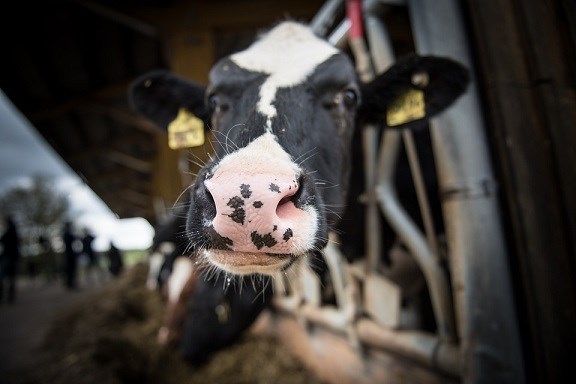Contact
Department of Biomedical Science and Veterinary Public Health, Division of Bacteriology and Food Safety

Livestock, domestic pets and wildlife can be intestinal carriers of thermotolerant Campylobacter species. These reservoirs can in turn contaminate the environment and food products, thus creating pathways to campylobacteriosis in human beings. The purposes of this study were to investigate sampling strategies applied for surveillance of Campylobacter on dairy cattle farms and to identify the presence and species of Campylobacter in different age groups.
Boot sock and faecal samples were collected from five dairy herds from three age groups—cows, heifers and calves younger than 12 months—and from milk filters.
Campylobacter species were isolated in 152 of 250 samples, of which 93 isolates were identified as C jejuni, 51 as C hyointestinalis, two as C lari and one as C coli, whereas five isolates could not be identified to species level. Campylobacter species were isolated from 86 of 110 faecal samples, 60 of 97 sock samples and six of 43 milk filter samples.
Faecal samples were the optimal sample type for detection of Campylobacter on dairy farms. However, taking multiple types of samples could be recommended in order to optimise the recovery rate and variety of Campylobacter species detected when investigating the presence of Campylobacter on dairy farms.
http://dx.doi.org/10.1136/vr.105610